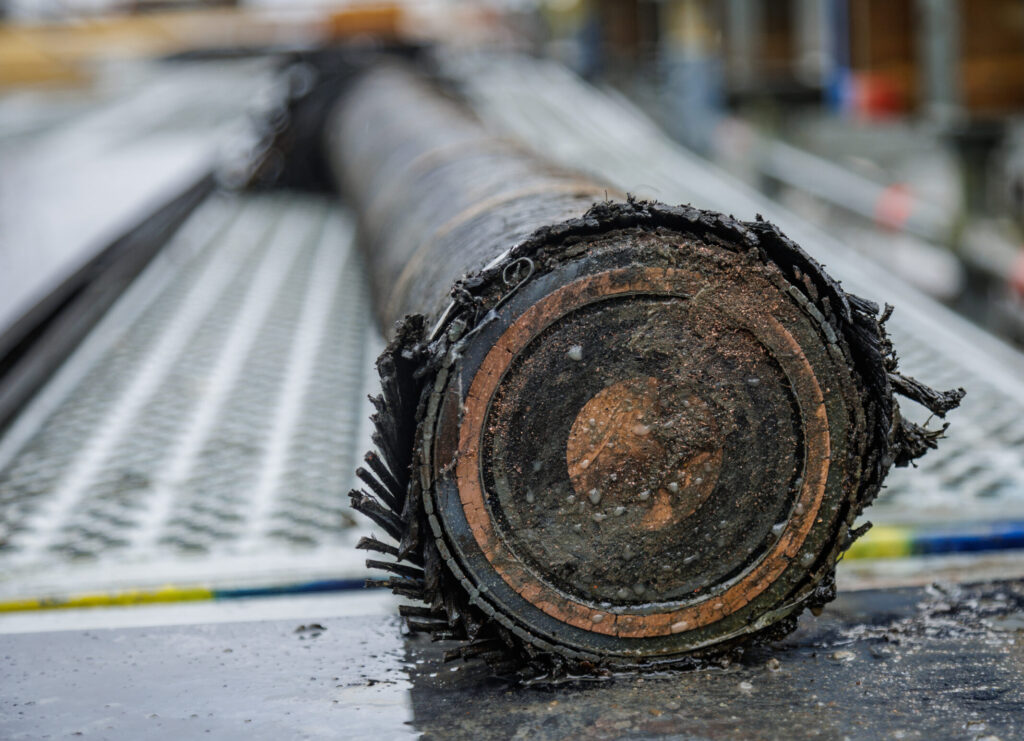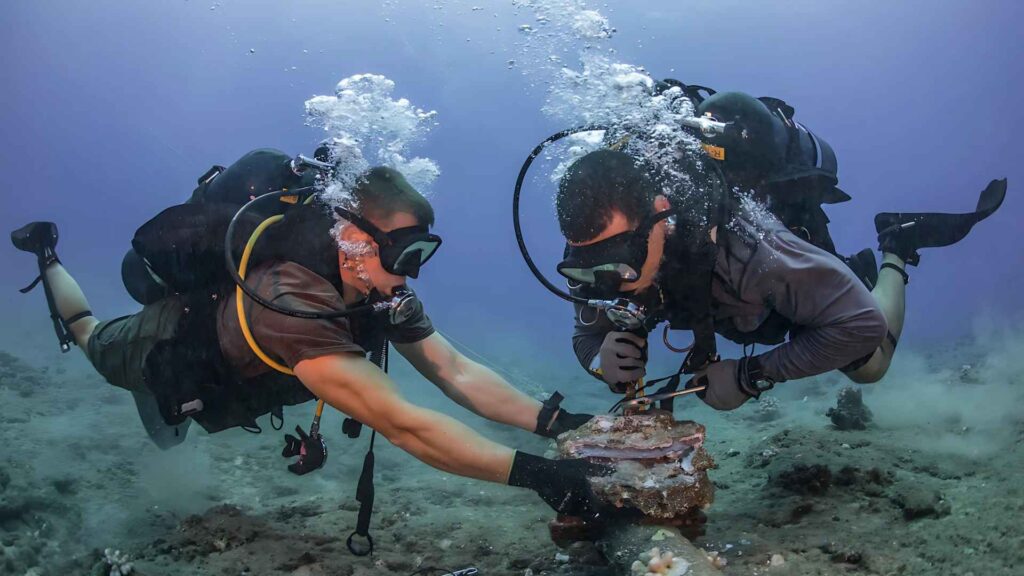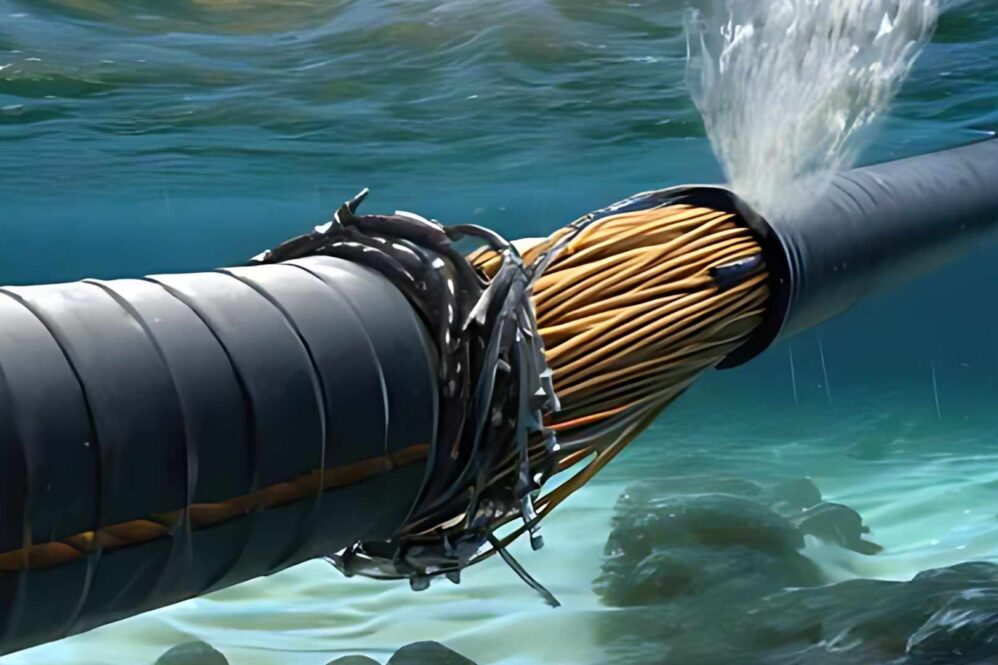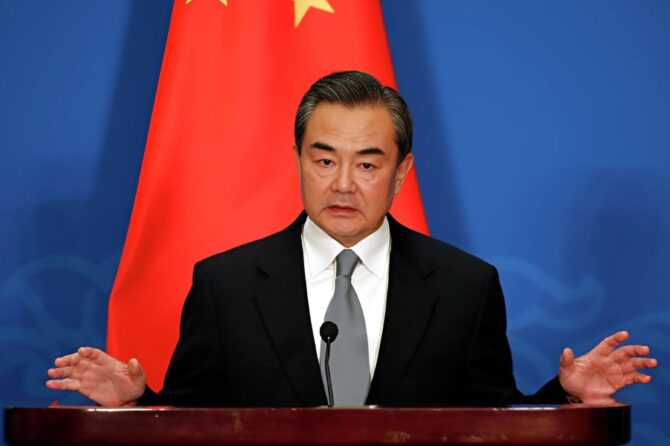The world relies heavily on underwater communication cables, which facilitate over 95% of international internet traffic. However, recent evidence suggests Russia may be targeting these cables, disrupting global communication networks.
The Current State of Internet Infrastructure
The internet’s underlying infrastructure is a complex network of underwater cables. These cables connect continents, facilitating international trade, commerce, and communication. However, they are vulnerable to damage.
The Importance of Underwater Cables
Underwater cables play a critical role in global communication. They enable international trade, commerce, and communication, facilitating the exchange of information and ideas. The damage to these cables can have severe consequences, including disruptions to global communication networks and economic losses.

Challenges in Securing Interconnection Communication
Securing underwater communication cables is daunting. The network’s scale, combined with remote locations, makes monitoring and maintenance challenging. Lack of clear international regulations hampers efforts to prevent and respond to cable damage.
The Role of International Cooperation
International cooperation is essential in securing underwater communication cables. Governments and regulatory bodies must work together to establish clear guidelines and enforcement mechanisms. This may involve stricter regulations, increased surveillance, and more effective response protocols.
Emerging Evidence of Russian Involvement
Recent discoveries in the Baltic Sea raise alarms about Russia’s potential involvement. Finnish officials found extensive drag marks on the seafloor, suggesting a Russia-linked tanker damaged the Estlink 2 cable. This incident sparked widespread concern.
The Implications of Russian Involvement
The implications of Russian involvement in damaging underwater cables are severe. It could disrupt global communication networks, causing economic losses and compromising national security. The international community must take action to prevent such incidents and hold those responsible accountable.
Promoting Communication Security
The security of underwater communication cables requires a coordinated international response. Governments and regulatory bodies must establish clear guidelines and enforcement mechanisms. This may involve stricter regulations, increased surveillance, and more effective response protocols.
The Role of Technology in Communication Security
Technology plays a critical role in securing underwater communication cables. Advanced monitoring systems and surveillance technologies can help detect and prevent cable damage. Additionally, the development of more resilient cables and repair technologies can minimize the impact of damage.
Successful Communication Security Initiatives
Initiatives like the North American Submarine Cable Association and the International Cable Protection Committee have successfully addressed cable security challenges. These efforts demonstrate the importance of collaboration and cooperation.

The Importance of International Collaboration
International collaboration is essential in promoting communication security. Governments, regulatory bodies, and industry stakeholders must work together to establish clear guidelines and enforcement mechanisms. This can help prevent cable damage and ensure the integrity of global communication networks.
Conclusion
The recent discovery of damaged underwater cables raises concerns about Russia’s potential involvement. As the world’s reliance on these networks grows, governments must work together to prevent and respond to cable damage. By promoting communication security and cooperation, we can ensure the integrity of our global communication networks.

















